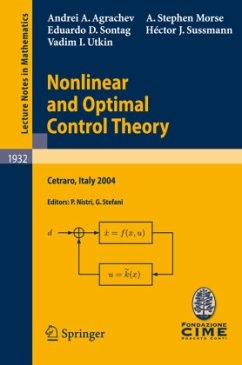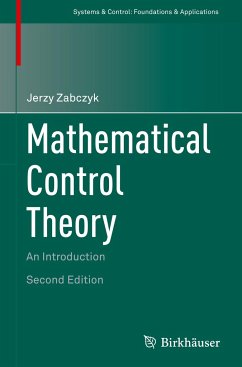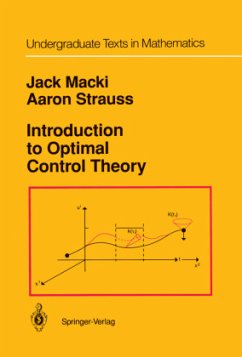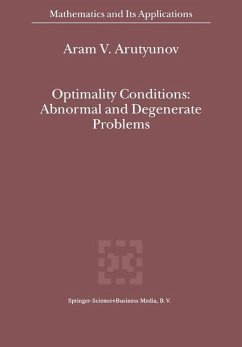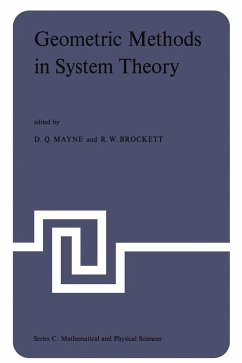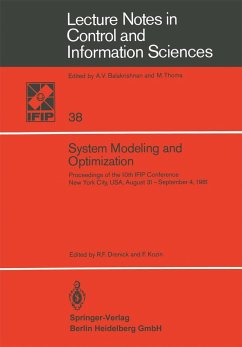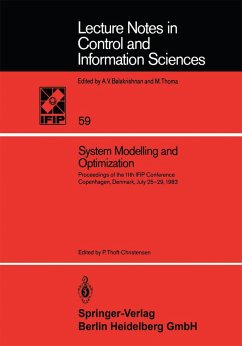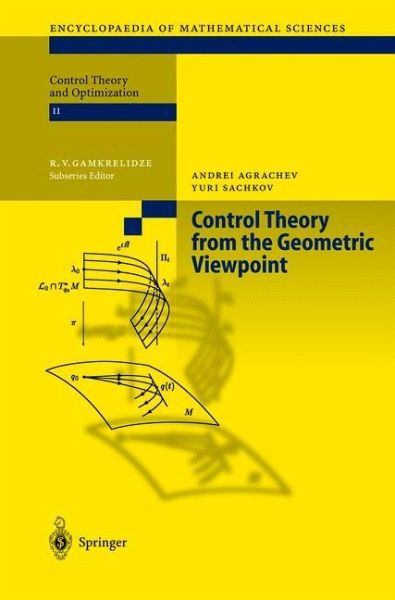
Control Theory from the Geometric Viewpoint
Versandkostenfrei!
Versandfertig in 6-10 Tagen
121,99 €
inkl. MwSt.
Weitere Ausgaben:

PAYBACK Punkte
61 °P sammeln!
Devoted to finite-dimensional deterministic control systems governed by smooth ordinary differential equations, this book treats Mathematical Control Theory from a geometric viewpoint. Covers controllability, state and feedback equivalence and optimal control.
This book presents some facts and methods of the Mathematical Control Theory treated from the geometric point of view. The book is mainly based on graduate courses given by the first coauthor in the years 2000-2001 at the International School for Advanced Studies, Trieste, Italy. Mathematical prerequisites are reduced to standard courses of Analysis and Linear Algebra plus some basic Real and Functional Analysis. No preliminary knowledge of Control Theory or Differential Geometry is required. What this book is about? The classical deterministic physical world is described by smooth dynamical systems: the future in such a system is com pletely determined by the initial conditions. Moreover, the near future changes smoothly with the initial data. If we leave room for "free will" in this fatalistic world, then we come to control systems. We do so by allowing certain param eters of the dynamical system to change freely at every instant of time. That is what we routinely do in real life with our body, car, cooker, as well as with aircraft, technological processes etc. We try to control all these dynamical systems! Smooth dynamical systems are governed by differential equations. In this book we deal only with finite dimensional systems: they are governed by ordi nary differential equations on finite dimensional smooth manifolds. A control system for us is thus a family of ordinary differential equations. The family is parametrized by control parameters.





